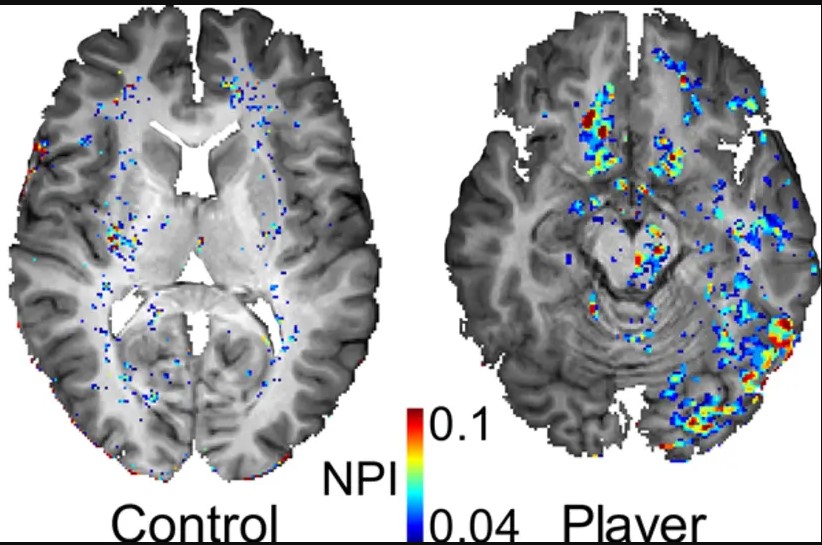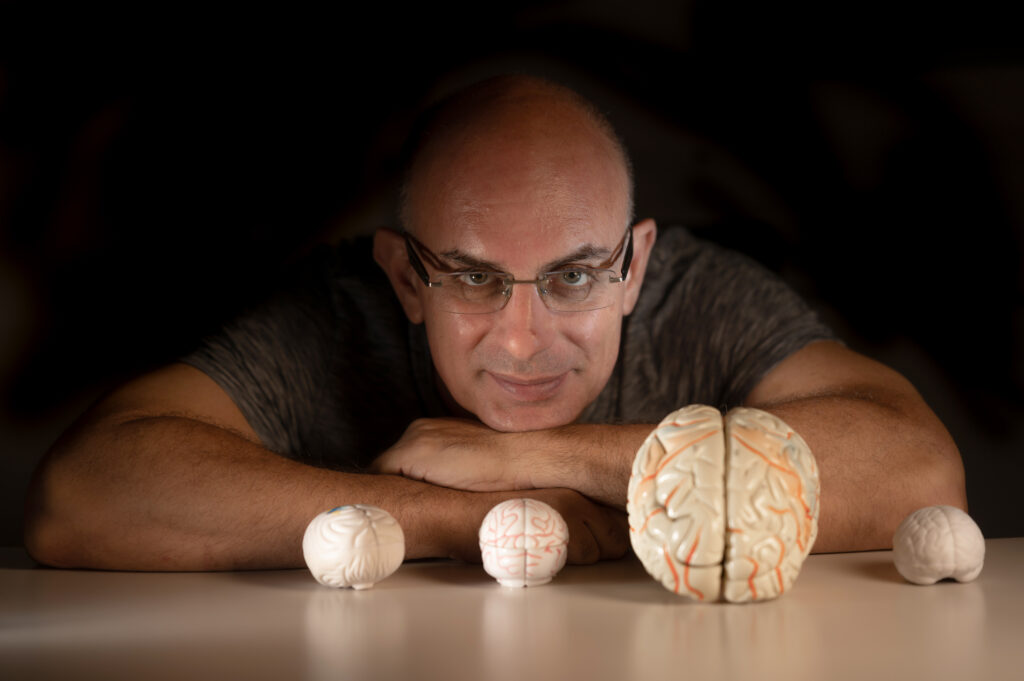
New Test for Degenerative Brain Injury in Athletes
New Test for Degenerative Brain Injury in Athletes
June 24, 2020
The Jerusalem Post — BGU researchers have developed a new way of testing for a neuro-degenerative disease affecting athletes caused by repeated head injuries, that up until now could only be detected via post-mortem autopsies.

Prof. Alon Friedman, M.D.
The new method involves using brain imaging and analytical methods to determine if players have chronic traumatic encephalopathy (CTE) by measuring leakage of the blood-brain barrier (BBB).
The purpose of the BBB is to protect the brain against toxins, unwanted molecules and pathogens that could cause it infection or harm.
Evidence shows that breaching the integrity of this barrier causes many brain diseases and neuro-degeneration as a result of aging.
“Since a leaky BBB is also found in CTE and causes brain dysfunction and degeneration, it now seems that this test could provide the first (and so far the only) evidence for brain injury in the players we studied on the Israel football team,” says Prof. Alon Friedman, a neuroscientist and surgeon who established BGU’s Inter-Faculty Brain Sciences School.
BGU researchers took brain imaging samples of 42 Israelis who play amateur American football in the Israeli Football League (IFL), as well brain images from a control group, comprising 27 athletes practicing a non-contact sport and 26 non-athletes.

Typical brain images from a player of American football (right) and a non-player control. The colored regions show brain areas with a leaky blood-brain barrier. Credit: Prof. Alon Friedman, M.D.
Additionally, magnetic resonance scans were also performed on 51 patients with malignant brain tumors, ischemic stroke or traumatic brain injury.
The sideline concussion assessment tool of the NFL, America’s professional football league, was used to document the history of previous head injuries, including concussions, as well as symptoms assessment and Standardized Assessment of Concussion (SAC) tests.
BGU researchers developed a special protocol in addition to analytical methods to investigate vascular pathology and the BBB disorder associated with mild traumatic brain injuries.
For the first time, using human brain imaging, the BGU research team distinguished between fast and slow leakage through the pathological BBB and showed that localized, specific post-traumatic vascular pathology may persist for months in a subset of players.
Results showed that there was an increase in slow blood-to-brain transport in a subset of amateur American football players, but not in the control group.
“Not less important is the observation that few players who did not complain of severe symptoms also showed a leaky BBB. This suggests that DCE-MRI [Dynamic Contrast-Enhanced Magnetic Resonance Imaging] should be used in conjunction with symptom questionnaires before return to play is approved,” says Prof. Friedman.
Football players were three times more likely to display a leaky BBB than controls as barrier disorder was detected in a subgroup (27.4%) of players.
This individual variability may explain the wide range of cognitive deficits and neuropsychiatric impairments observed in players, likely reflecting differences in affected brain networks.
“Our findings show that DCE-MRI can be used to diagnose specific vascular pathology after traumatic brain injury and other brain pathologies,” says Prof. Friedman.
The BGU research team notes that while the present study was performed in otherwise healthy amateur players, future studies are recommended to determine the prevalence and spatial-temporal characteristics of BBB disorder in professional players and/or retired players with and without CTE clinical signs and symptoms.
Differences, if found, may improve the understanding of the effects of impact strength and frequency, age of onset, player’s skill, and the extent of vascular injury.



